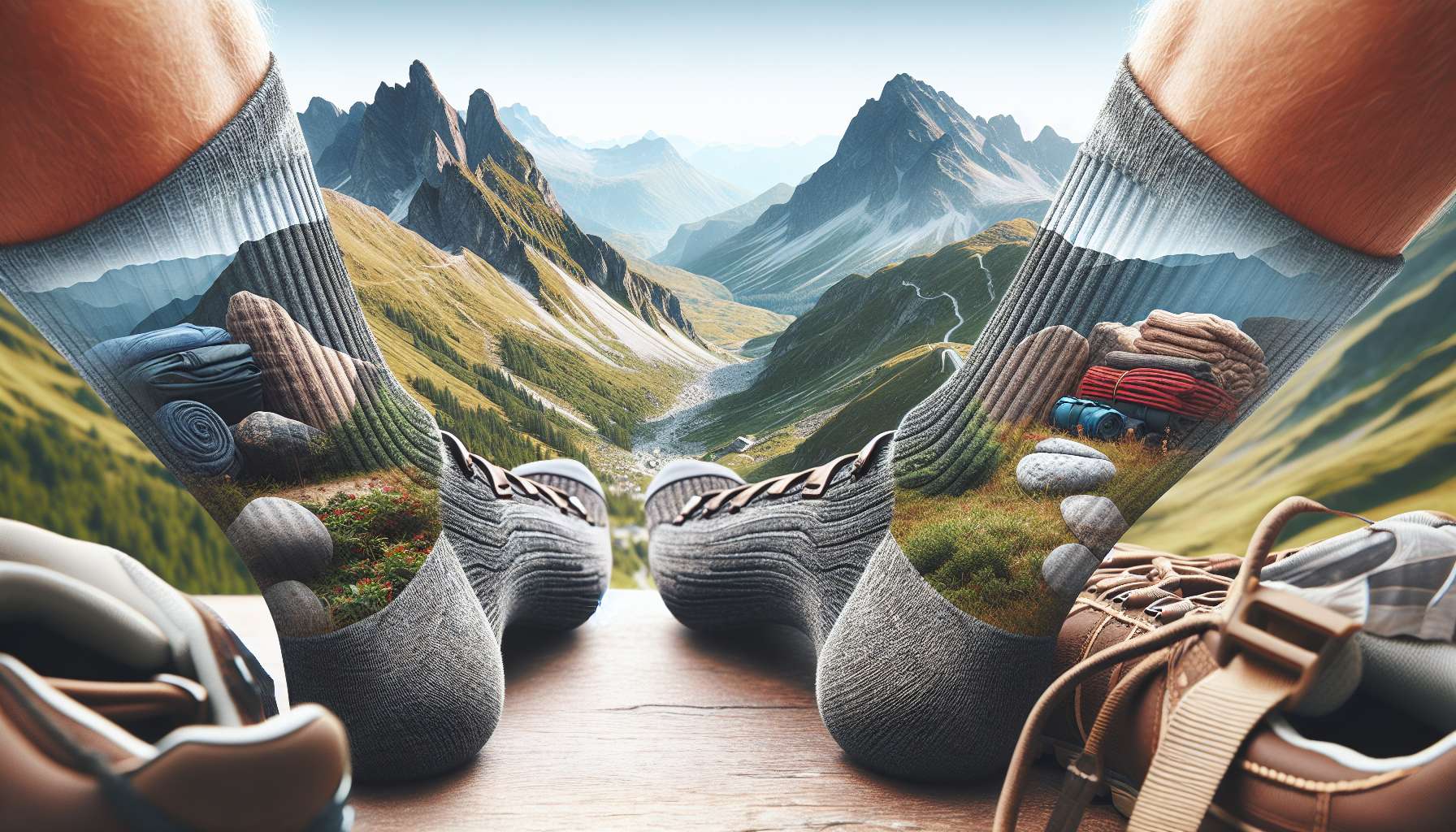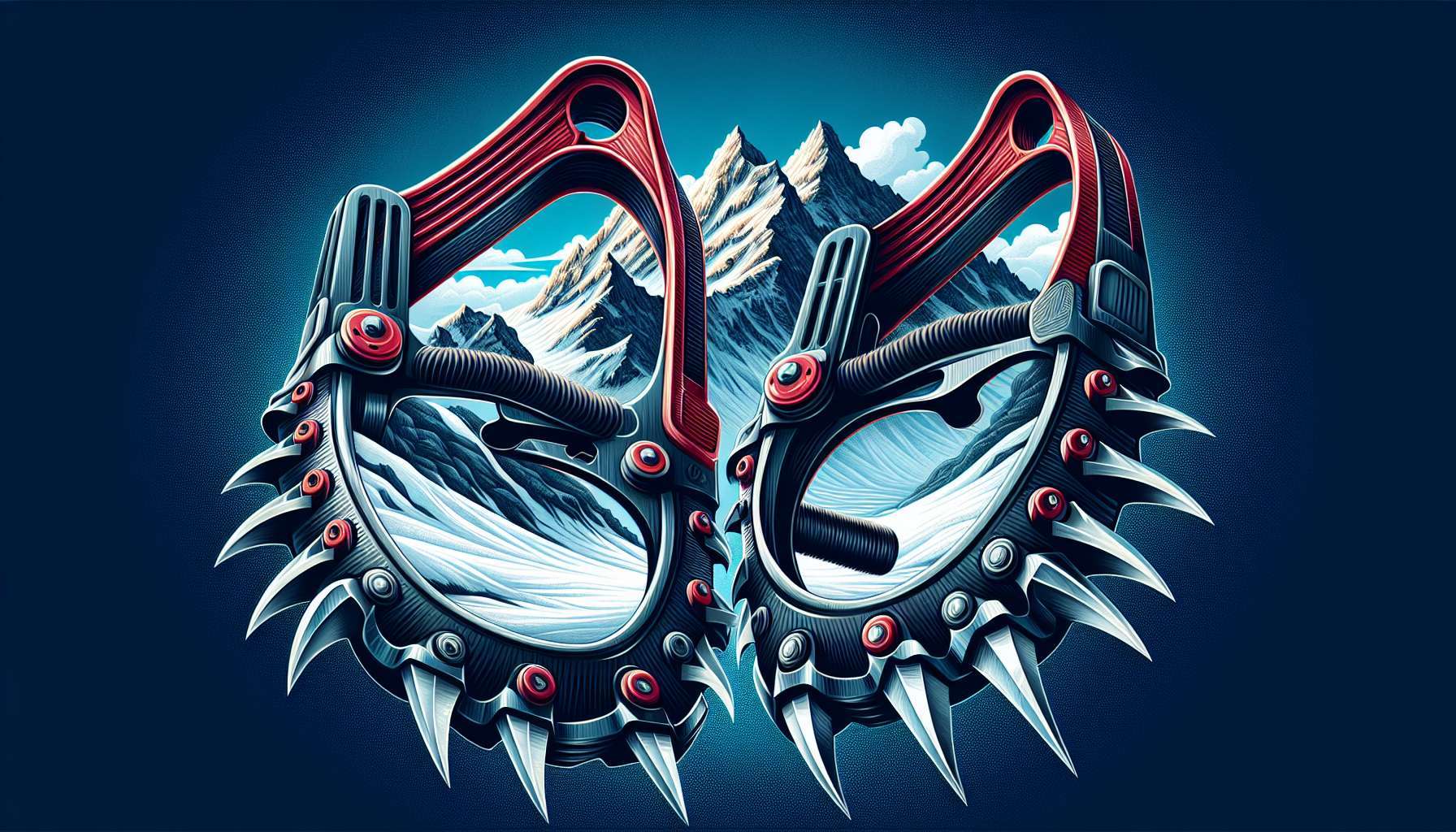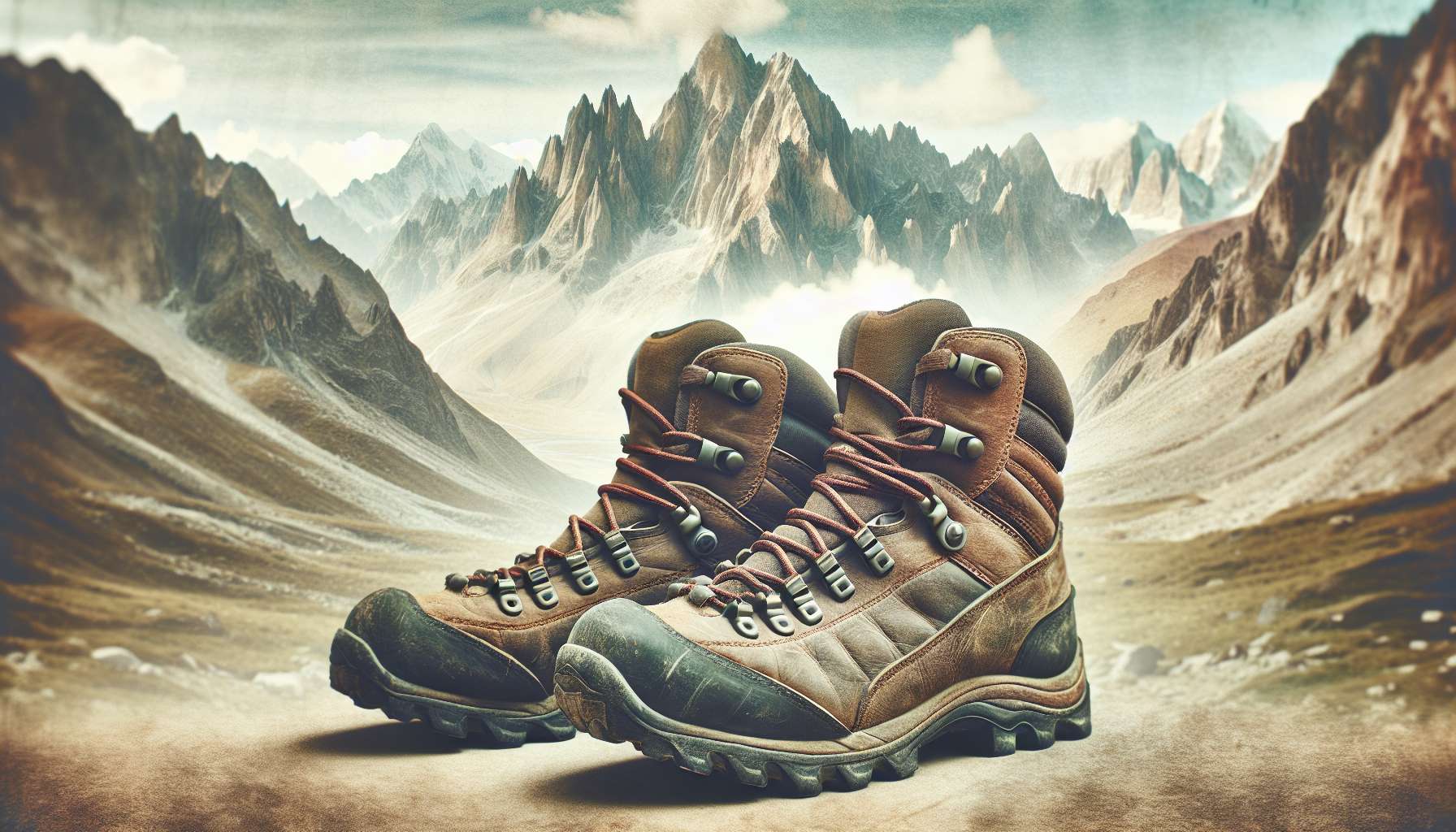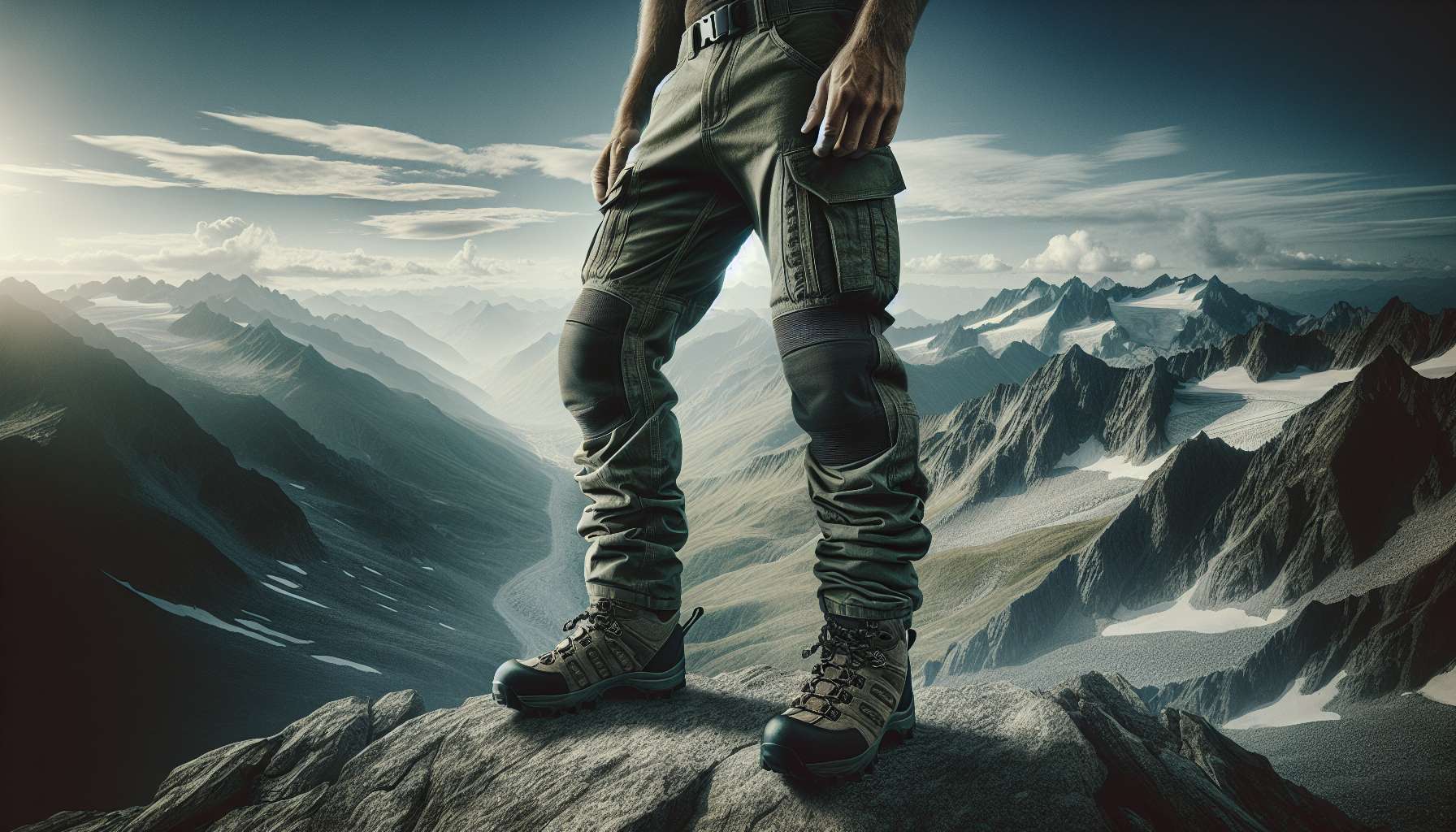The Ultimate Guide to Hiking Socks: Your Step-By-Step Companion to Happy Feet
When it comes to hiking, every adventurer knows the importance of proper gear. From sturdy boots to durable backpacks, every piece of equipment plays a crucial role in ensuring a safe and enjoyable outdoor experience. However, one item that is often overlooked but is essential for the comfort and health of your feet is hiking socks. In this comprehensive guide, we will delve deep into the world of hiking socks, exploring their importance, types, materials, and much more. So, lace up your boots, grab your backpack, and let’s hit the trails with happy feet!
The Evolution of Hiking Socks: From Humble Beginnings to High-Tech Marvels
Although socks may seem like a simple piece of clothing, the evolution of hiking socks has been a fascinating journey. In the early days of hiking, adventurers often wore regular cotton socks, which provided minimal cushioning and were prone to blisters and discomfort. However, as outdoor enthusiasts began to demand more from their gear, manufacturers started to develop specialized hiking socks that were designed to meet the unique challenges of the trail.
Today, hiking socks come in a variety of styles, materials, and designs, each tailored to different hiking conditions and preferences. From lightweight merino wool socks for summer hikes to heavy-duty mountaineering socks for extreme cold weather, there is a hiking sock for every adventure.
The Anatomy of a Hiking Sock: What Makes a Good Pair?
So, what exactly makes a good hiking sock? To answer this question, let’s break down the key components of a hiking sock:
Material
One of the most important factors to consider when choosing hiking socks is the material. Merino wool is a popular choice for hiking socks due to its moisture-wicking properties, temperature regulation, and odor resistance. Synthetic materials like polyester and nylon are also commonly used for their durability and quick-drying abilities. For cold weather hikes, consider insulated socks with a blend of wool and synthetic fibers for added warmth.
Cushioning
Another crucial aspect of hiking socks is cushioning. The amount of cushioning you need will depend on the terrain and the level of impact your feet will endure. For rocky trails or long hikes, opt for socks with extra padding in the heel and toe areas to reduce pressure and prevent blisters.
Fit
A good hiking sock should fit snugly without being too tight. Look for socks with a contoured design that hugs your foot and provides support without restricting circulation. Avoid socks that are too loose, as they can cause friction and lead to blisters.
Height
Hiking socks come in various heights, from ankle socks to knee-high options. The height of the sock you choose will depend on personal preference and the type of hiking you plan to do. Ankle socks are lightweight and breathable, making them ideal for warm weather hikes, while knee-high socks provide extra protection and warmth in cold conditions.
Choosing the Right Hiking Socks for Your Adventure
With so many options available, choosing the right hiking socks can be overwhelming. To help you make an informed decision, consider the following factors:
Hiking Conditions
Before selecting a pair of hiking socks, think about the conditions you will be hiking in. For warm weather hikes, lightweight merino wool socks are a great choice, as they provide breathability and moisture-wicking properties. In cold weather or wet conditions, opt for insulated socks with a blend of wool and synthetic fibers to keep your feet warm and dry.
Hiking Duration
The duration of your hike will also influence the type of hiking socks you need. For short day hikes, lightweight socks with minimal cushioning may be sufficient. However, for multi-day hikes or backpacking trips, consider socks with extra padding and moisture-wicking properties to keep your feet comfortable and blister-free.
Foot Type
Everyone’s feet are unique, so it’s essential to consider your foot type when selecting hiking socks. If you have high arches or wide feet, look for socks with extra support and a contoured design to prevent discomfort and pain. For those with sensitive skin or prone to blisters, choose seamless socks with smooth toe seams to minimize friction.
Personal Preference
Ultimately, the best hiking socks are the ones that feel comfortable and suit your hiking style. Some hikers prefer thin, lightweight socks for a minimalist feel, while others opt for thick, cushioned socks for maximum protection. Experiment with different styles and materials to find the perfect pair that works for you.
The Benefits of Investing in Quality Hiking Socks
While it may be tempting to skimp on hiking socks and opt for cheaper alternatives, investing in quality hiking socks can make a world of difference in your outdoor experience. Here are some benefits of choosing high-quality hiking socks:
Comfort
Comfort is key when it comes to hiking, and quality socks can make all the difference. Proper cushioning, moisture-wicking properties, and a snug fit can prevent blisters, hot spots, and discomfort, allowing you to focus on the trail ahead.
Protection
Hiking socks act as a barrier between your feet and your boots, providing cushioning and support to reduce the risk of injury. Socks with reinforced heels and toes can protect vulnerable areas from friction and impact, while moisture-wicking materials help prevent fungal infections and odors.
Performance
High-quality hiking socks are designed to enhance your performance on the trail. Moisture-wicking materials keep your feet dry and comfortable, preventing chafing and blisters. Additionally, socks with compression features can improve circulation and reduce fatigue, allowing you to hike longer and farther with less strain.
Expert Opinions: What the Pros Have to Say
To get a better understanding of the importance of hiking socks, let’s hear from some experts in the outdoor industry:
Chris Davenport, Professional Skier and Mountaineer
“As someone who spends a lot of time in the mountains, I can’t stress enough the importance of proper gear, including hiking socks. I always choose merino wool socks for their comfort, moisture-wicking properties, and durability. Investing in quality socks is a small price to pay for happy feet on the trail.”
Rebecca Rusch, Professional Mountain Biker and Adventurer
“When it comes to long days in the saddle, having the right gear is essential. I always make sure to wear compression socks to improve circulation and reduce muscle fatigue. It may seem like a small detail, but the right socks can make a big difference in your performance and overall comfort.”
Common Misconceptions About Hiking Socks
Despite their importance, hiking socks are often overlooked or misunderstood by outdoor enthusiasts. Let’s debunk some common misconceptions about hiking socks:
Myth: Any Sock Will Do
While it may be tempting to grab any old sock from your drawer for a hike, not all socks are created equal. Regular cotton socks lack the moisture-wicking properties and cushioning needed for a comfortable and blister-free hike. Invest in specialized hiking socks for the best performance and comfort.
Myth: Thicker Socks Are Always Better
While thick socks provide more cushioning, they may not be the best choice for every hike. Thicker socks can trap heat and moisture, leading to sweaty feet and potential blisters. Consider the terrain, weather conditions, and duration of your hike when choosing the thickness of your socks.
Conclusion: Happy Feet, Happy Hiking
In conclusion, hiking socks are a small but essential part of your outdoor gear arsenal. By choosing the right socks for your adventure, you can ensure comfort, protection, and performance on the trail. Whether you prefer lightweight merino wool socks for summer hikes or insulated mountaineering socks for winter expeditions, investing in quality hiking socks is a worthwhile decision that will pay off in happy feet and unforgettable adventures. So, lace up your boots, pack your backpack, and hit the trails with confidence, knowing that your feet are in good hands.
Remember, happy feet make for happy hiking!




